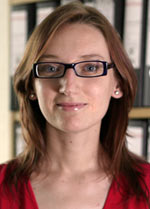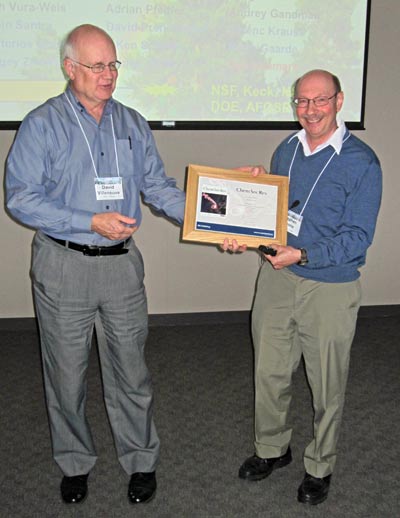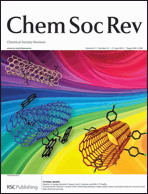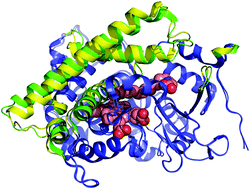 On behalf of the Chem Soc Rev Editorial Board, I am delighted to announce that Professor Xiaogang Liu (National University of Singapore and Institute of Materials Research Engineering, A*STAR) has won the Chem Soc Rev Emerging Investigator Lectureship 2012.
On behalf of the Chem Soc Rev Editorial Board, I am delighted to announce that Professor Xiaogang Liu (National University of Singapore and Institute of Materials Research Engineering, A*STAR) has won the Chem Soc Rev Emerging Investigator Lectureship 2012.
This annual award recognises an emerging scientist who has made a significant contribution to their research field. The Editorial Board praised Professor Liu’s research in the field of nanoscience, particularly his development of luminescent upconversion nanoparticles and contributions to nanoparticle-based ultrasensitive detection of metal ions and biological molecules.
Professor Liu will present his award lecture at ISACS9: Challenges in Nanoscience taking place in Xiamen, China, on 31 August – 3 September.
Find out more about Professor Liu’s work in these review articles:
Upconversion nanoparticles in biological labeling, imaging, and therapy
Feng Wang, Debapriya Banerjee, Yongsheng Liu, Xueyuan Chen and Xiaogang Liu
Analyst, 2010,135, 1839-1854
Emerging functional nanomaterials for therapeutics
Xuejia Xue, Feng Wang and Xiaogang Liu
J. Mater. Chem., 2011,21, 13107-13127
Recent advances in the chemistry of lanthanide-doped upconversion nanocrystals
Feng Wang and Xiaogang Liu
Chem. Soc. Rev., 2009,38, 976-989
Registration is open for Challenges in Nanoscience (ISACS9) – sign up today to hear Professor Liu’s award lecture plus a host of other world leading experts



















 Chemical techniques are critical for studying and manipulating biological systems. We’ve published a great selection of reviews at the interface of chemistry and biology, including these recent articles:
Chemical techniques are critical for studying and manipulating biological systems. We’ve published a great selection of reviews at the interface of chemistry and biology, including these recent articles: